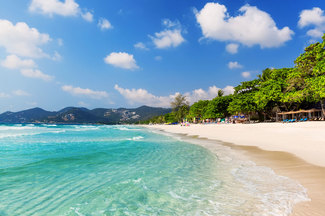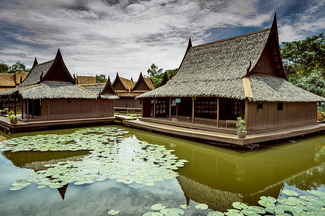THAILAND’S AMAZING WILDLIFE
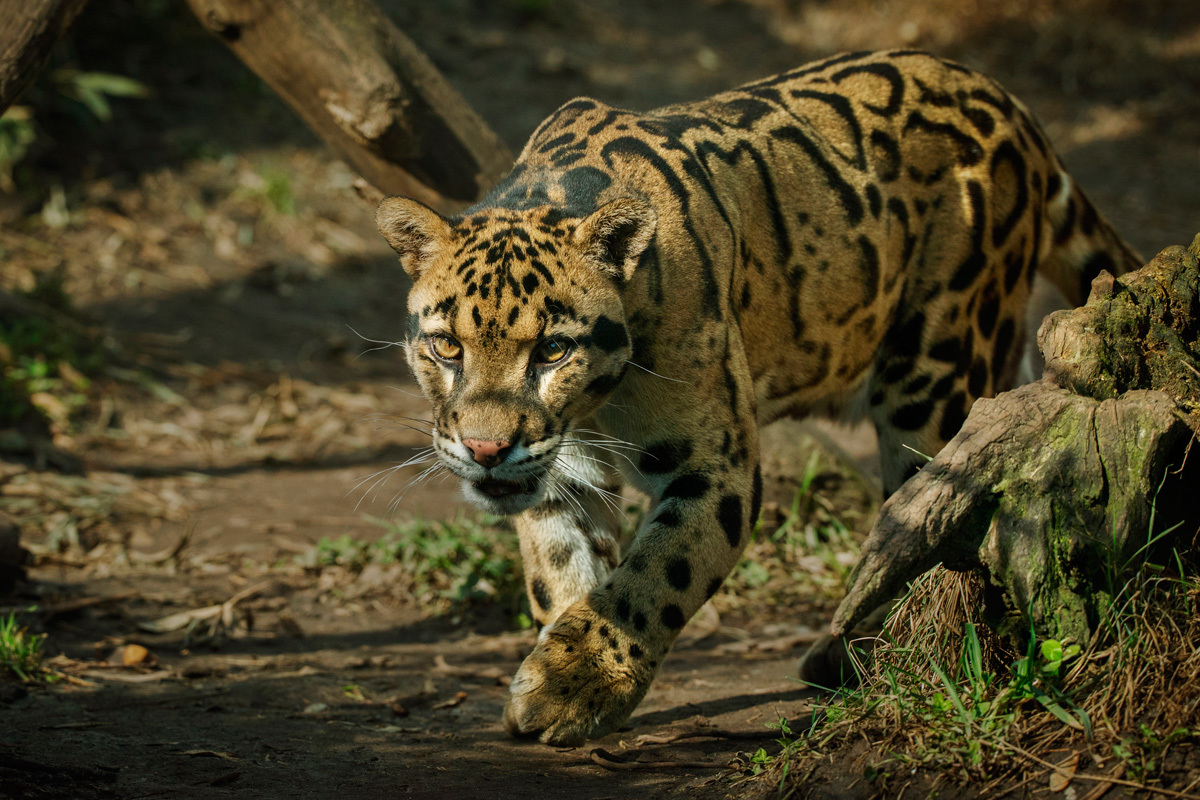
Thailand’s diverse geographical range over its 513,120 square kilometres (198,120 square miles) is home to an amazing collection of mammals, birds and reptiles as well as10% of all the world’s marine species inhabiting its coastal waters. From the splendid tropical beaches to the central plains and highlands of the north can be found tigers, leopards, elephants, rodents (over 40% of all mammals found in Thailand), bats (20%), more than 1,000 bird species and over 400 species of reptile. In the surrounding seas and coastal areas sharks, rays, and some 80 more species of marine creatures live including more than 30 species of turtles and tortoises, and of course crocodiles. There are also more than 200 different snake species found in almost every region.
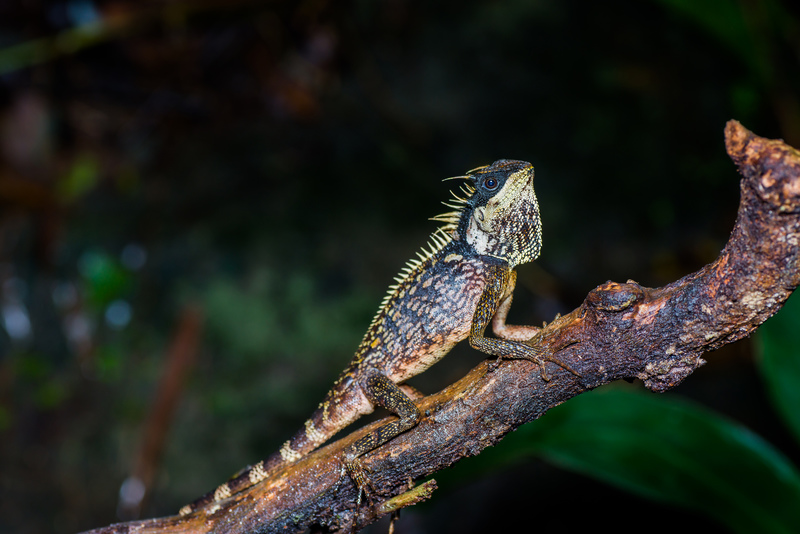
Acanthosaura phuketensis, the Phuket horned tree agamid, is a newly discovered (2015) species of arboreal lizard found only on Phuket Island. (Photo owner is Thai National Parks)
Thailand's protected areas include 147 national parks, 58 wildlife sanctuaries, 67 non-hunting areas, 120 forest parks and 22 are marine parks. They cover almost 20 percent of the kingdom’s territory.
Thailand’s National Animal
One animal in particular though is almost synonymous with Thailand. The elephant is the Thailand’s official national animal. Although classed as Indian elephants, Thai elephants display certain differences. They are a little shorter in stature and the body is somewhat stockier. They also have shorter front legs. Tame elephants are found throughout the country, but their natural habitat is the tropical rainforest, where their enormous dietary needs, some 100-200 kilograms of food a day, can be met. Despite living primarily in the jungle elephants are surprisingly good swimmers.

The official national animal of Thailand, elephants have always been an integral part of Thai culture.
On Phuket you can visit the Phuket Elephant Sanctuary, which operates as a home for retired working elephants, helping them to rehabilitate into the forest after lives spent in the logging industry and other forms of exploitation. The sanctuary does not allow swimming with elephants as happens in other parts of the island as this is seen as exploitative and the beach is not the elephant’s natural habitat where salt water causes damage to their eyes and skin.
It is somewhat ironic that despite being Thailand’s most revered animal and national emblem this has not prevented its centuries-long exploitation, as a beast of burden, in warfare and in the logging industry. Your support for sanctuaries like the Phuket Elephant Sanctuary will go a long way to encouraging a far more ethical and benign interaction between humans and elephants.
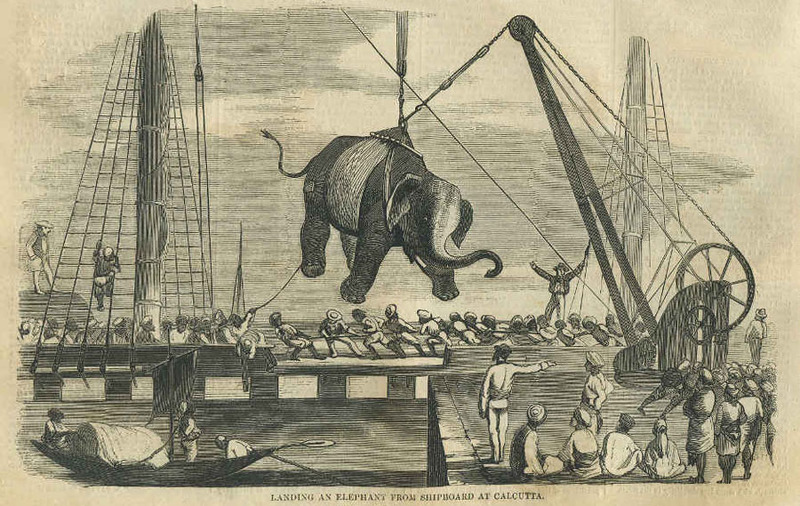 Manhandling an elephant off a ship
Manhandling an elephant off a ship
In the 17th century there was a flourishing trade in Elephants exported from Mergui and Phuket to India. Many hundreds of elephants were transported in specially adapted ships in this very lucrative business to live a life of servitude far from their native land. In 1900 the number of elephants in Thailand was estimated to be somewhere in the region of 100,000 but by the year 2000 that number had declined to about 3,000 to 4,000, roughly half of which were domesticated. Loss of habitat through deforestation as a result of rampant and unrestrained logging was the principal cause.
Elephants galore and much much more - Khao Sok National Park
One of the best places to get up close with elephants, and not too far from Phuket, is Khao Sok National Park, 739 square kilometres of stunning natural beauty. This rainforest, older than the Amazon’s, and with a greater diversity of species, is the largest area of virgin rainforest in southern Thailand.
A limestone mountain range running from north to south, reaching 950 metres at its highest point, runs through the park. It is one of the wettest regions of Thailand, with monsoonal rains from both the Andaman Sea and the Gulf of Thailand, which have been instrumental in the formation of the striking karst formations that the park is so famous for.
Apart from elephants, the park contains an astonishing array of animals, including tigers, clouded leopards, Malayan tapirs, banteng, wild boars, gibbons, Malayan sun bears, gaurs, dusky langurs and deer.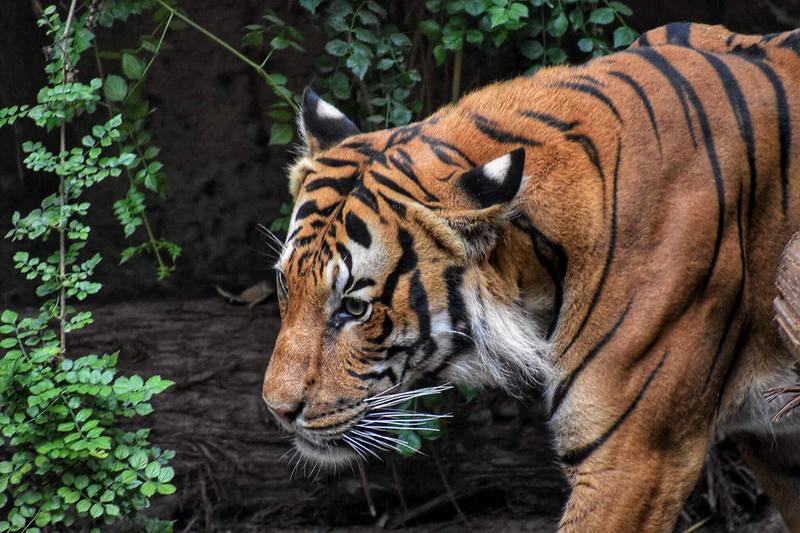 The magnificent Indochinese Tiger, critically endangered throughout its range.
The magnificent Indochinese Tiger, critically endangered throughout its range.
There is even a giant amphibious centipede, Scolopendra cataracta, which was found near the park, by George Beccaloni, an entomologist, while on his honeymoon. One can only imagine the joy his wife must have felt at the discovery.
 Scolopendra cataracta, the first known amphibious centipede
Scolopendra cataracta, the first known amphibious centipede
Apart from the wildlife watching, the park offers a great many other activities for the adventurous-minded visitor. Hiking, kayaking or bamboo rafting on Cheow Lan Lake are all possible where you can see the towering limestone cliffs and stay on one of the delightful floating bungalows. The park runs a large number of guided tours as well, each one offering a unique experience of this pristine jungle paradise.










of collaborative energy




Before proceeding to use the website please carefully ready our Terms and Policies
I accept Diwerent's Terms and Conditions and Privacy Policy











